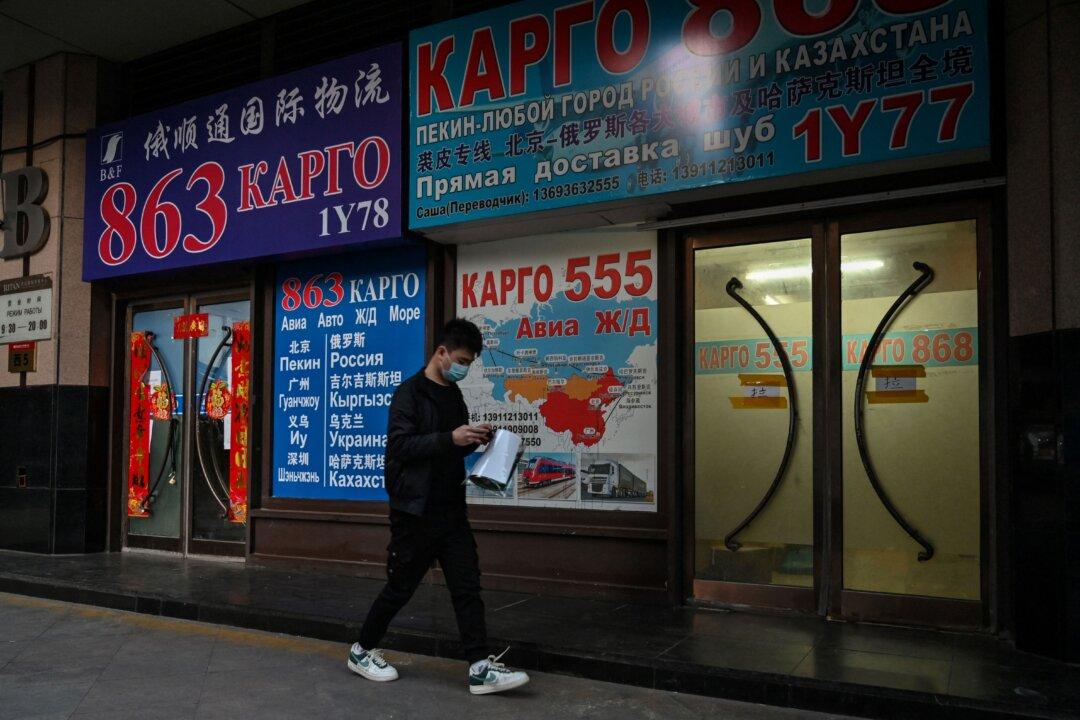Commentary
China released a series of May economic data; all are better than expected and some show improvement from the previous month. But a month’s change right after massive lockdown is certainly not confirming a change of downtrend (to flat or up). Whether there will be a structural change is hard to judge simply from the latest trend. After all, economic data are not market data where technical analysis applies. Although a worsening economy will “ultimately” mean reverting and bottoming out, it is not easy to tell in advance from individual data series.





